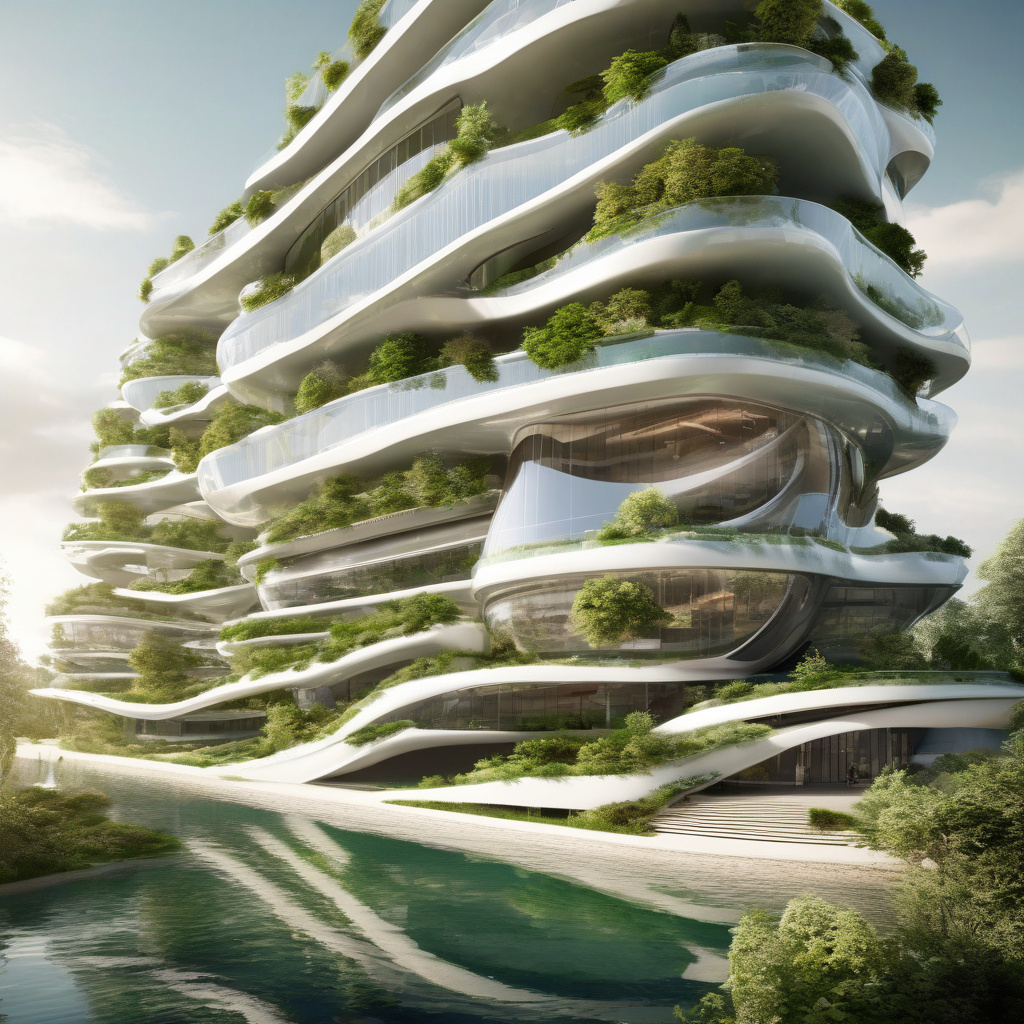Pearl and Waterkeyn built for the future—and it’s still arriving
How do spaces built more than half a century ago continue to influence the frontiers of design and innovation today? The answer lies in the visionary work of architects such as Janine Waterkeyn and Daniel Pearl, whose creations have stood the test of time and continue to inspire the next generation of builders and thinkers.
Daniel Pearl, known for his groundbreaking work in sustainable architecture, designed buildings that were ahead of their time in terms of environmental consciousness. One such example is the Solar Umbrella House in Venice, California, which was built in 1978 and featured passive solar heating and cooling systems long before it became a trend in the industry. The house not only showcased Pearl’s innovative approach to sustainability but also demonstrated that green buildings can be aesthetically pleasing and functional.
Similarly, Janine Waterkeyn, a pioneer in the field of biomimicry, drew inspiration from nature to create spaces that were not only visually stunning but also ecologically friendly. Her design philosophy is exemplified in the iconic Singapore Pavilion at Expo ’92 in Seville, Spain, which mimicked the shape of a water lily and incorporated sustainable materials such as bamboo and recycled glass. The pavilion not only wowed visitors with its innovative design but also raised awareness about the importance of integrating nature into architecture.
Fast forward to the present day, and the influence of Pearl and Waterkeyn’s work can still be felt in the way architects approach design challenges. The emphasis on sustainability, functionality, and aesthetics that defined their creations continues to shape the built environment, with modern architects looking to the past for inspiration on how to create spaces that are not only beautiful but also environmentally responsible.
For instance, the concept of biophilic design, which seeks to incorporate elements of nature into the built environment, can be traced back to Waterkeyn’s pioneering work in biomimicry. Today, buildings around the world are designed with features such as green roofs, natural lighting, and indoor gardens to create a more harmonious relationship between people and nature.
Likewise, Pearl’s emphasis on passive solar design has become a standard practice in sustainable architecture, with architects harnessing the power of the sun to reduce energy consumption and create healthier indoor environments. Buildings like the Bullitt Center in Seattle, which is often referred to as the greenest commercial building in the world, owe a debt to Pearl’s early experiments with solar technology.
In conclusion, the legacies of Daniel Pearl and Janine Waterkeyn continue to shape the way we think about architecture and design in the 21st century. Their innovative approaches to sustainability, biomimicry, and passive solar design have inspired a new generation of architects to push the boundaries of what is possible in the built environment. As we look to the future, we can only imagine the impact that their work will have on the buildings and cities of tomorrow.
sustainability, innovation, architecture, design, future












